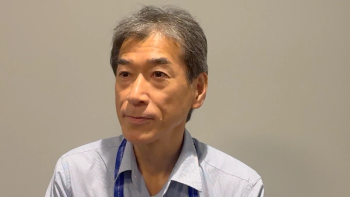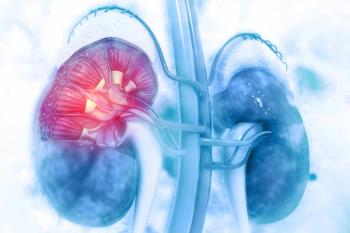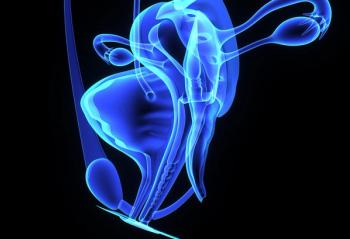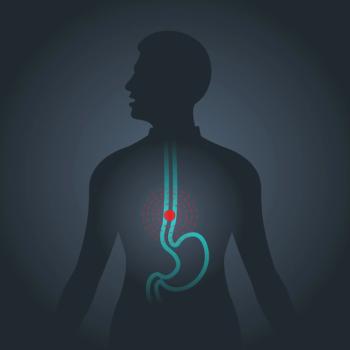
Study Supports Using Comprehensive ctDNA Testing in Patients with NSCLC
The findings support ctDNA testing in patients who are undergenotyped at the time of diagnosis and as a primary option at the time of progression on targeted therapies.
A large-scale assessment of patients with advanced non-small cell lung cancer (NSCLC) found that comprehensive ctDNA analysis detected the presence of therapeutically targetable driver and resistance mutations at frequencies and distributions predicted for this population.
Researchers suggested that these findings, published in Cancer, add support for comprehensive ctDNA testing in patients who are undergenotyped at the time of diagnosis and as a primary option at the time of progression on targeted therapies.
“Subset analyses showed that liquid biopsies markedly increased the number of actionable/informative biomarkers detectable at baseline and that abnormalities identified by plasma, both in the first line and at progression, respond to matched targeted therapy at rates similar to published results based on tissue assessment,” the authors wrote.
In this study cohort, researchers analyzed plasma-based comprehensive genomic profiling results from 8388 patients with advanced NSCLC who underwent Guardant360 testing. Specifically, driver and resistance mutations were evaluated with regard to their distribution, frequency, co-occurrence, and mutual exclusivity.
Overall, somatic alterations were identified in 86% of the study samples and increased with each assay iteration, with alterations detected in 78%, 84%, and 87% of samples for the 54-gene, 68-gene, and 70-gene panels, respectively. The median number of alterations per sample for all panels was 3 (range, 0-93 alterations), and the median variant allele fraction was 0.43% (range, 0.03%-97.62%).
In total, 48.4% of patients had activating alterations in actionable oncogenes, including EGFR (26.4%), MET(6.1%), and BRAF (2.8%) alterations and fusions (ALK, RET, and ROS1) in 2.3%. Notably, treatment-induced resistance mutations were common in this cohort.
In the subgroup of patients with progressive disease during EGFR therapy, 64% had known or putative resistance alterations detected in plasma. Subset analysis demonstrated that ctDNA increased this identification of driver mutations by 65% over standard-of-care, tissue-based testing at diagnosis. Even further, a pooled data analysis on the plasma-based assay revealed that targeted therapy response rates were equivalent to those reported from tissue analysis.
“The analysis demonstrated response rates statistically equivalent to the expected outcomes for each targeted agent, as observed in their respective FDA registrational studies,” the authors wrote. “This provides additional support for the use of comprehensive liquid biopsy to identify patients for targeted therapy in the first-line and progression settings.”
In regard to plasma, the authors wrote that, “Because not all tumors shed adequate quantities of ctDNA for detection, lack of detection of oncogenic driver mutations in plasma would require follow-up testing by tissue biopsy in patients with newly diagnosed, advanced NSCLC. Thus clinicians may consider a plasma-first option, defaulting to a new tissue biopsy only in the absence of a clinically meaningful finding in plasm.”
Of note, some alterations identified by NGS may be caused by clonal hematopoiesis of indeterminant potential (CHIP), not the tumor. Mutations caused by CHIP have been identified in both ctDNA and in tissue sequencing, and are most often identified in the DNMT3A, TET2, ASXL1, SF3B1, and PPM1D genes, which are not sequenced in the current study assay. JAK2 and TP53 are also mutations caused by CHIP which were included in this assay, though they are not clinically actionable.
Reference:
Mack PC, Banks KC, Espenschied CR, et al. Spectrum of Driver Mutations and Clinical Impact of Circulating Tumor DNA Analysis in Non-Small Cell Lung Cancer: Analysis of Over 8000 Cases. Cancer. doi: 10.1002/cncr.32876.
Newsletter
Stay up to date on recent advances in the multidisciplinary approach to cancer.




















































































